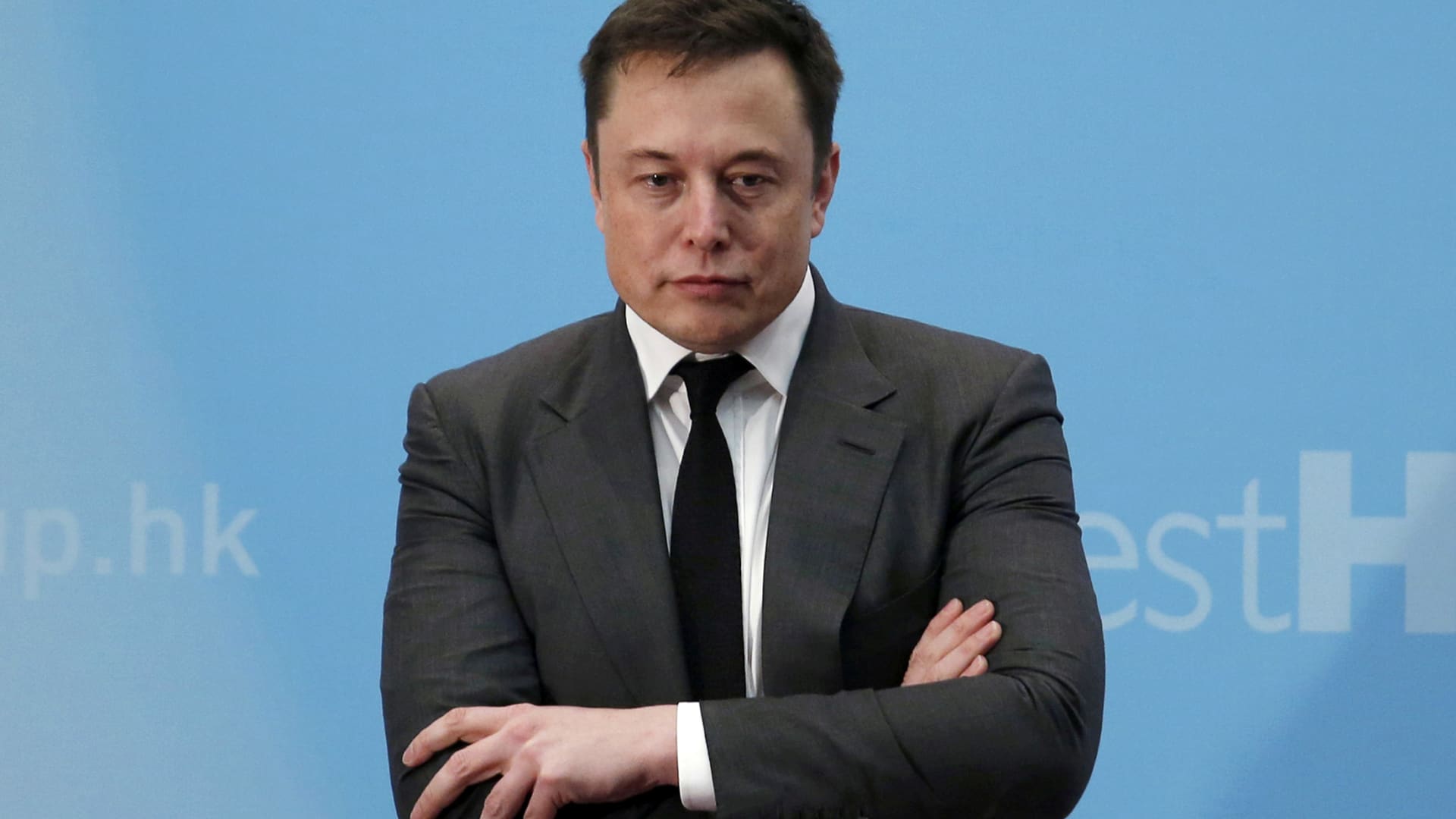Arm is trading at a premium to Nvidia after IPO pop even though it’s a ‘no-growth company’


Arm’s Nasdaq debut on Thursday looks good for SoftBank, which just spun the company out after acquiring it in 2016. But it’s a head-scratcher for Wall Street.
The UK-based chip design company saw its stock jump 25% to $63.59 after its IPO, lifting the company’s fully diluted market cap to almost $68 billion.
That’s a wildly high number for a semiconductor company that generated $400 million in profit in the past four quarters. It results in a price-to-earnings ratio over that stretch of close to 170, a number that towers over even Nvidia’s P/E ratio.
Nvidia, which develops graphics processing units (GPUs) that are being used to run artificial intelligence workloads, trades for 109 times trailing earnings — and that’s after the stock price more than tripled this year, far outpacing any other member of the S&P 500.
In the rest of the chip sector, nothing even comes close. The Invesco PHLX Semiconductor ETF, which is designed to measure the performance of the 30 biggest U.S. chip companies, has a P/E ratio of about 21.
For investors, the critical difference between Nvidia and Arm is the growth rate. Nvidia just reported a doubling of revenue in the latest quarter and forecast expansion of 170% this period, as all the major cloud companies ramp up spending on AI chips. Arm’s revenue, by contrast, shrank slightly in the last quarter.
“There’s no way you can justify a P/E ratio of over 100 for a no-growth company,” said Jay Ritter, a finance professor at the University of Florida and a longtime expert in initial public offerings. The story has to be that “the company will be developing some new designs that restart growth and generate profits,” he said.
For now, there’s not a big open market for Arm’s stock. Of the roughly 1.03 billion shares outstanding immediately after the offering, SoftBank owns 90%. The Japanese tech conglomerate took Arm private in 2016 in a deal valued at $32 billion, and SoftBank CEO Masayoshi Son is aiming to pull in some liquidity after a very rough stretch of investments for his company.
Of the $4.9 billion worth of shares SoftBank sold, $735 million were purchased by a group of strategic investors including Apple, Google, Nvidia, Samsung and Intel. That leaves a small sliver of shares to be passed between institutional and retail investors and traders, though volume was high enough on Thursday that Arm was the fifth most actively traded stock on the Nasdaq, with 126.58 million shares trading hands.
To buy in at these levels as a long-term investor, the bet has to be on growth. In its prospectus, Arm made the case that its technology “will be central to this transition” to AI-based computing. Arm’s designs are currently in almost every smartphone on the market, as well as in electric cars and data centers.
“We’ve got significant growth in the cloud data center and in automotive,” Arm CEO Rene Haas told CNBC’s David Faber on Thursday. “And then with AI, AI runs on Arm. It’s hard to find an AI device today that isn’t Arm-based.”
Arm said in its IPO filing that it expects the addressable market for products with its designs to reach $246.6 billion by 2025, up from $202.5 billion last year. That’s only 6.8% annual growth, so Arm’s path to greater prosperity has to be through market share gains and improved economics.
“We expect that the cost and complexity of chip design will continue to increase, and that we will be able to contribute a greater proportion of the technology included in each chip, resulting in our royalties comprising a greater proportion of each chip’s total value,” the prospectus says.
Matt Oguz, founding partner of Venture Science, said his investment firm indicated interest in the IPO but didn’t receive an allocation. He said the bullish case for Arm is that it’s been able to maintain strong profit margins even with a slight slippage in revenue, and that it’s a “unique company” given the ubiquity of its technology in so many key products.
For fiscal 2023, Arm’s gross margin — the percentage of profit left after accounting for the costs of good sold — was 96%, because the company makes much of its money from royalties and isn’t delivering hardware. Nvidia’s gross margin in the latest quarter was 70%, and that’s after shooting up from under 44% a year earlier. Intel and AMD recorded gross margins of 36% and 46%, respectively.
Arm’s operating margin was 25% in the latest quarter, as it was able to stay profitable even as much of the chip industry lost money due in part to a post-Covid inventory glut.
“This is not a commodity company,” Oguz said. “When you combine all those things together, it’s not that easy to calculate a multiple” on future earnings, he said.
— CNBC’s Kif Leswing contributed to this report.
Correction: Arm’s revenue shrank in the latest quarter. An earlier version misstated the company name.
WATCH: CNBC’s full interview with SoftBank’s Masayoshi Son and Arm’s Rene Haas
This post has been syndicated from a third-party source. View the original article here.




